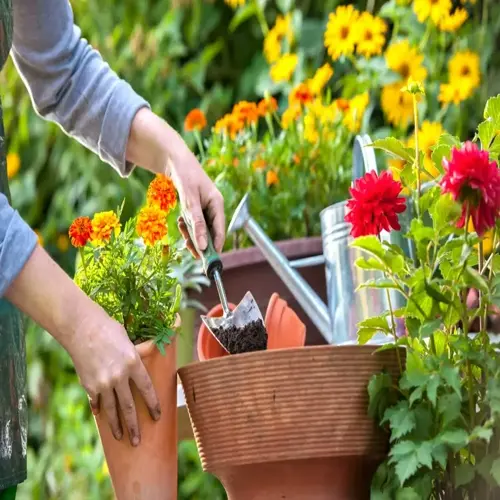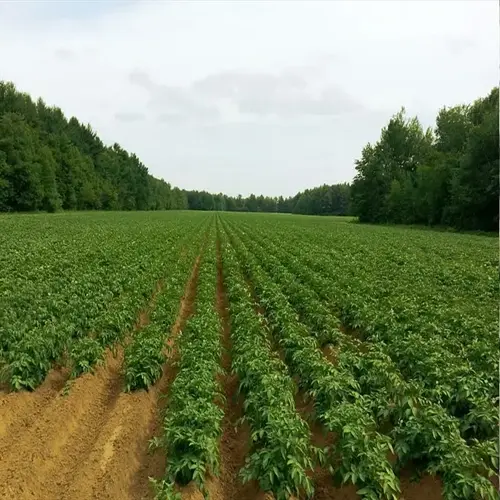What makes carrots difficult to grow successfully?

Written by
Benjamin Miller
Reviewed by
Prof. Samuel Fitzgerald, Ph.D.Many gardeners face challenges in achieving perfectly shaped carrots due to the unique root development requirements. The primary complications stemming from those are soil conditions, moisture control, and pest tolerance. I struggled with forked roots and pest damage for years before mastering the importance of those three. By understanding those obstacles, you can avert common mistakes.
Soil Preparation
- Depth requirement: Minimum 12-inch loose soil layer
- Texture test: Should crumble like cake when squeezed
- Amendments: Mix 30% compost for nutrient balance
Moisture Control
- Germination phase: Maintain constant surface dampness
- Mature plants: Deep weekly watering (1 inch)
- Drought response: Mulch with straw to retain moisture
Pest Management
- Preventive barriers: Install row covers at planting
- Companion plants: Grow leeks to mask carrot scent
- Natural repellents: Apply neem oil biweekly
The right soil preparation is crucial to the success of carrots. Rocks and clumps lead to forked roots. Compacted soil stunts growth. Till beds deeply, then remove stones and debris. I sift my soil through a 1/2-inch mesh before planting. This extra step ensures straight, uniform carrots in every season.
Maintain a perfect moisture balance throughout the entire growth process. While seeds require consistent moisture for germination, mature plants prefer deep, infrequent watering. You can use drip irrigation or a soaker hose to prevent the surface from drying out. I have clay soil, so I use sand to improve drainage, preventing water from sitting and rotting roots.
Use integrated management strategies to combat carrot rust flies. These pests can detect carrots from over a mile away using their sense of smell. One way to mask the smell is to plant onions or leeks in between the rows. Newly planted (and old) seedlings can be covered with fine mesh row covers held down around the edges. I usually use diatomaceous earth around the seedlings as a barrier.
Variations in temperature result in flavor loss and bolting of crops. Protect the crop with mulch to stabilize soil temperatures, keeping roots cool during summer and warm in fall. During excessive heat waves, plant the crop in locations with afternoon shade. These considerations favor flavor development, leading to sweet, crunchy carrots.
Read the full article: When to Plant Carrots: Expert Growing Guide

